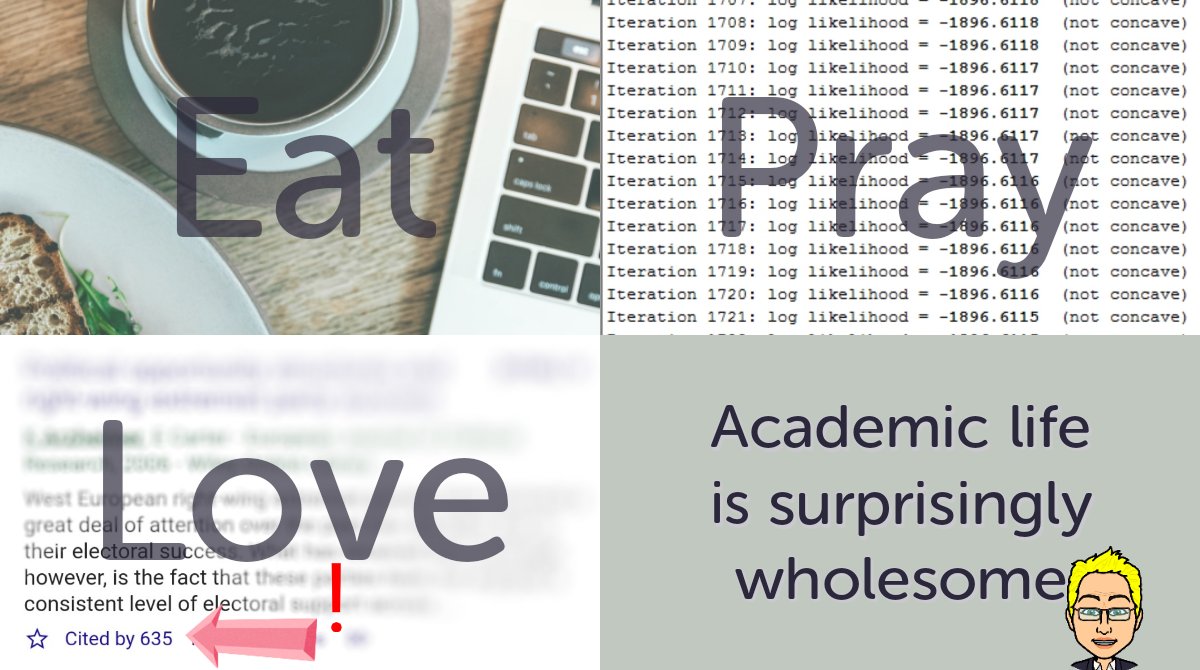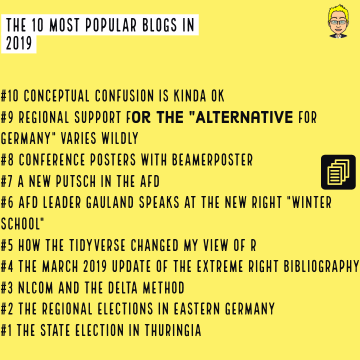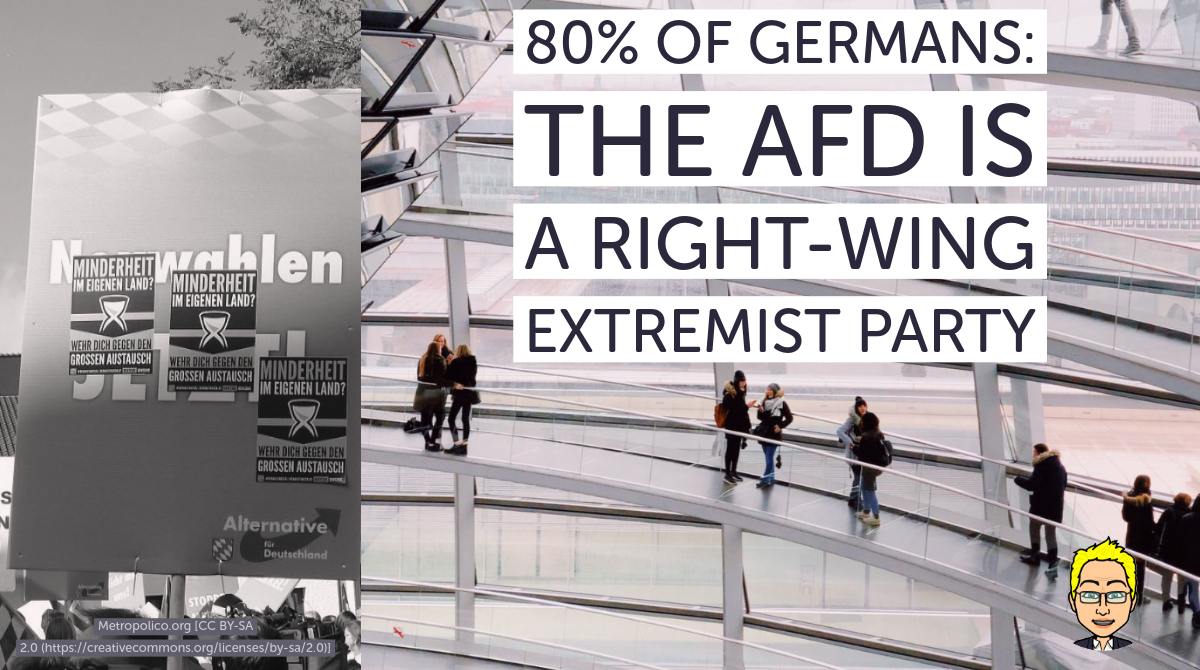Social Identity Theory is a prominent account of intergroup hostility and hence super interesting for political scientist. Groundbreaking work in this field was carried out by Henri Tajfel, who ran fascinating experiments back in the 1960s and 70s. Today, many of these would go nowhere near an IRB.
If you have 19 minutes to spare, this podcast delivers both a vignette of Tajfel’s life and a useful primer of Social Identity Theory ? ?
Rupert Brown on Henri Tajfel #socialScienceBites


